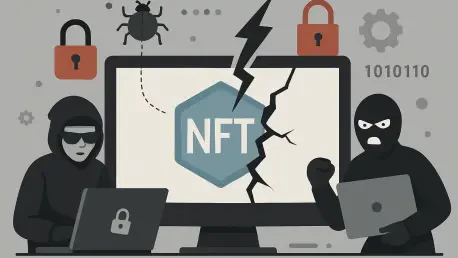
In the rapidly shifting digital landscape of 2025, where cyber threats have reached unprecedented levels of sophistication with AI-driven attacks, ransomware, and insider risks, organizations across all sectors are under immense pressure to safeguard their assets. The urgency for robust, proactive,

Imagine a widely trusted database platform, used in nearly 75% of cloud environments, suddenly revealing a critical security flaw that has gone undetected for over a decade, sending shockwaves through the tech community. This is the alarming reality with Redis, an in-memory database system integral

In a startling turn of events, a massive data breach has rocked Discord, one of the most popular communication platforms globally, exposing sensitive information through a third-party provider and raising serious concerns about data security. On September 20, a cybercrime group known as Scattered

What happens when a tool millions rely on for creativity, work, or personal exploration suddenly curbs its responses without explanation? In September of this year, countless ChatGPT users encountered this exact dilemma as OpenAI introduced stringent safety guardrails, redirecting conversations to

In an era where cloud computing has become the backbone of enterprise operations, the emergence of sophisticated cyber threats targeting these environments has raised significant concerns among security professionals. A hacking group known as Crimson Collective has recently shifted its focus from

In a digital landscape where data is the lifeblood of business operations, the alarming reality that over half of all organizations have suffered managed file transfer (MFT) breaches in the past year due to inadequate security measures serves as a stark wake-up call for immediate action. These